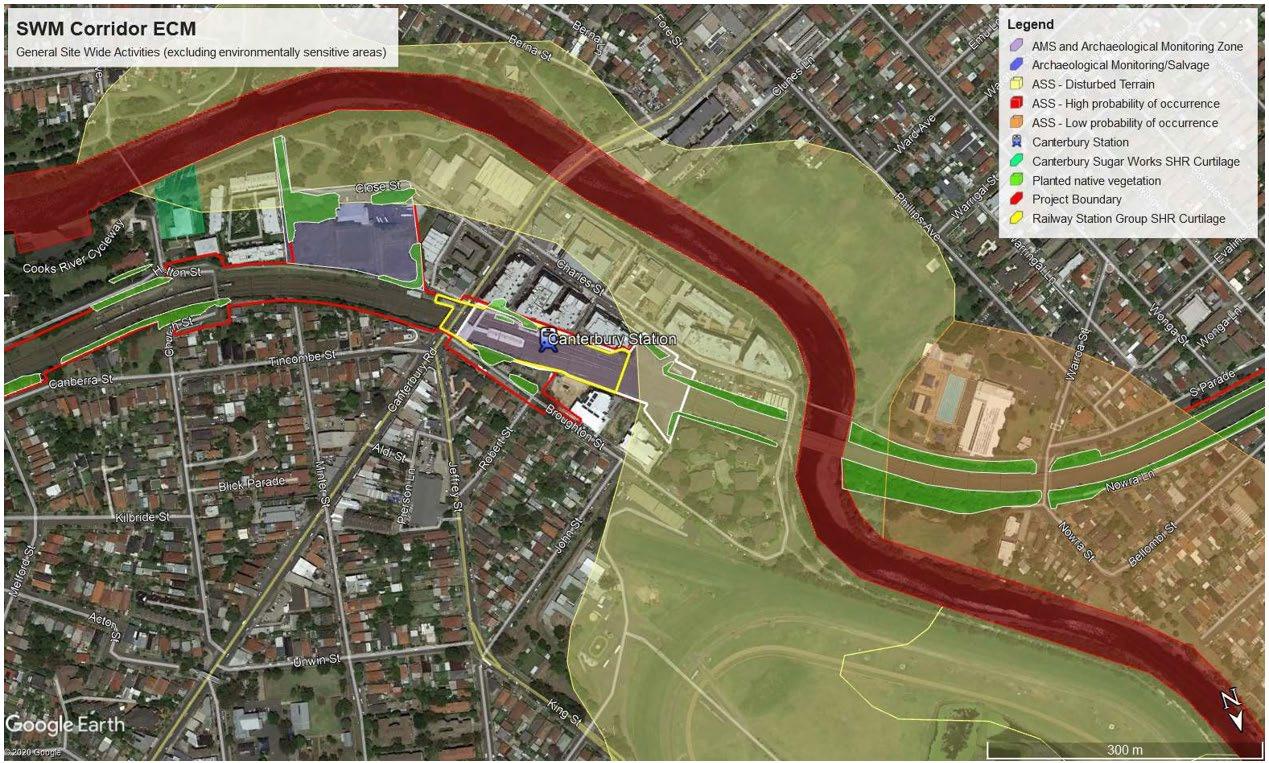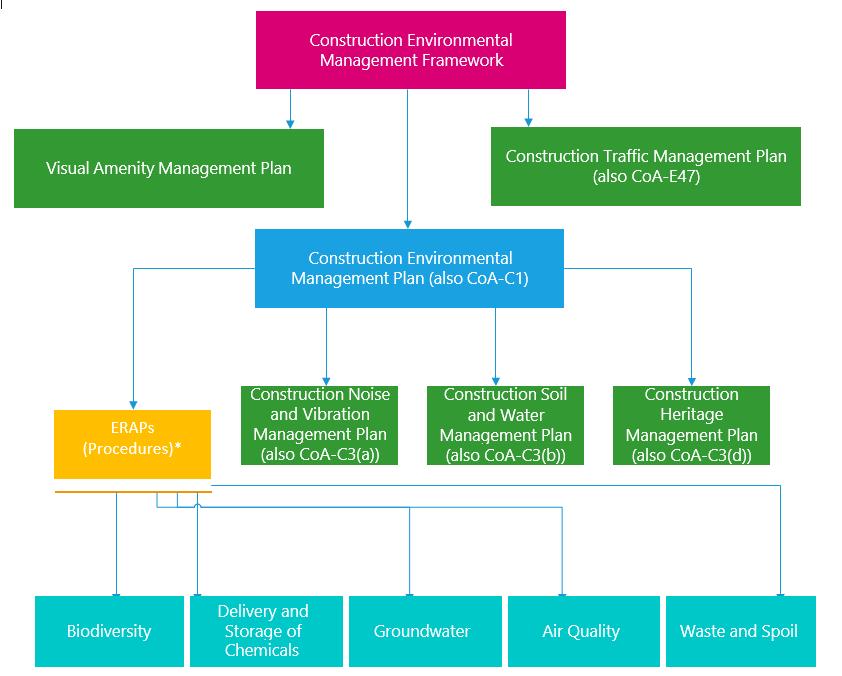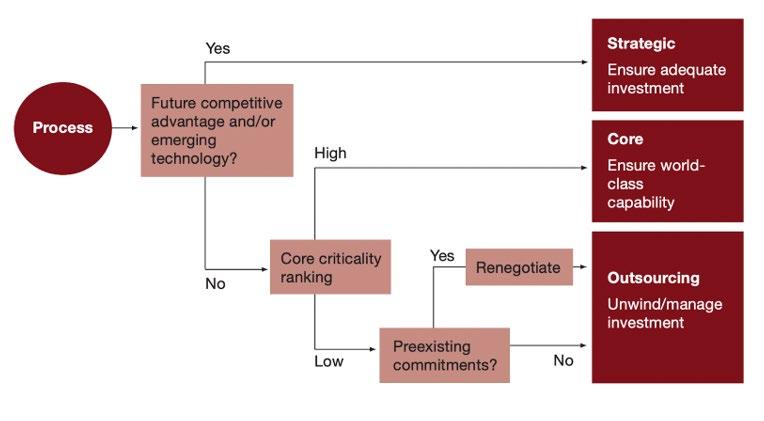
1 minute read
Table 14: Likelihood table
8.3 Qualitative Risk Analysis
Inthis RMP, qualitative risk analysiswill be employed whenassess the identified risksinitially. The analysis relies on the non-numerical data to perform analysis and focuses on the impacts or consequences of each risk on the project objectives namely time, WHS and cost, etc. Likelihood and consequence matrix which is an estimating technique of qualitative risk analysis depends on a score for a range of probabilities and the different levels of impact. By doing this analysis, the likelihood table, consequence table, risk matrix will be established.
8.3.1 Definition of Probability and Impact
8.3.1.1 Probability
When it comes to probability, there is no need to worry about specifying an exact value for the probability. The method is to enable the likelihood to fall within the bounds which divide the scale into five levels: Almost Certain (AC), Likely(L), Possible (P), Unlikely(U), Rare(R) and create likelihood table (table 14)
Table 14: Likelihood table
Score Rating Description
5 (Almost Certain) P(X)>90%(AC) The event is expected to occur in most situations during time of activity or the whole Sydney Metro Project(10 or more times per year) 4 (Likely) 75%<P(X)<90%(L) This event has happened before and will probably occur occasionally again during time of activity or the whole Sydney Metro Project(1 to10 times per year) 3 (Possible) 50%<P(X)<75%(P) The event is more likely to occur than not occur of activity or the whole Sydney Metro Project (once per year) 2 (Unlikely) 25%<P(X)<50%(U) The event is less likely to occur than not occur of activity or the whole Sydney Metro Project (once every 1 to 10 years)
1 (Rare)
10%<P(X)<25%(R) This event may only occur in exceptional situation and not expected to occur during time of Sydney Metro project (once every 10 to 100 years)








